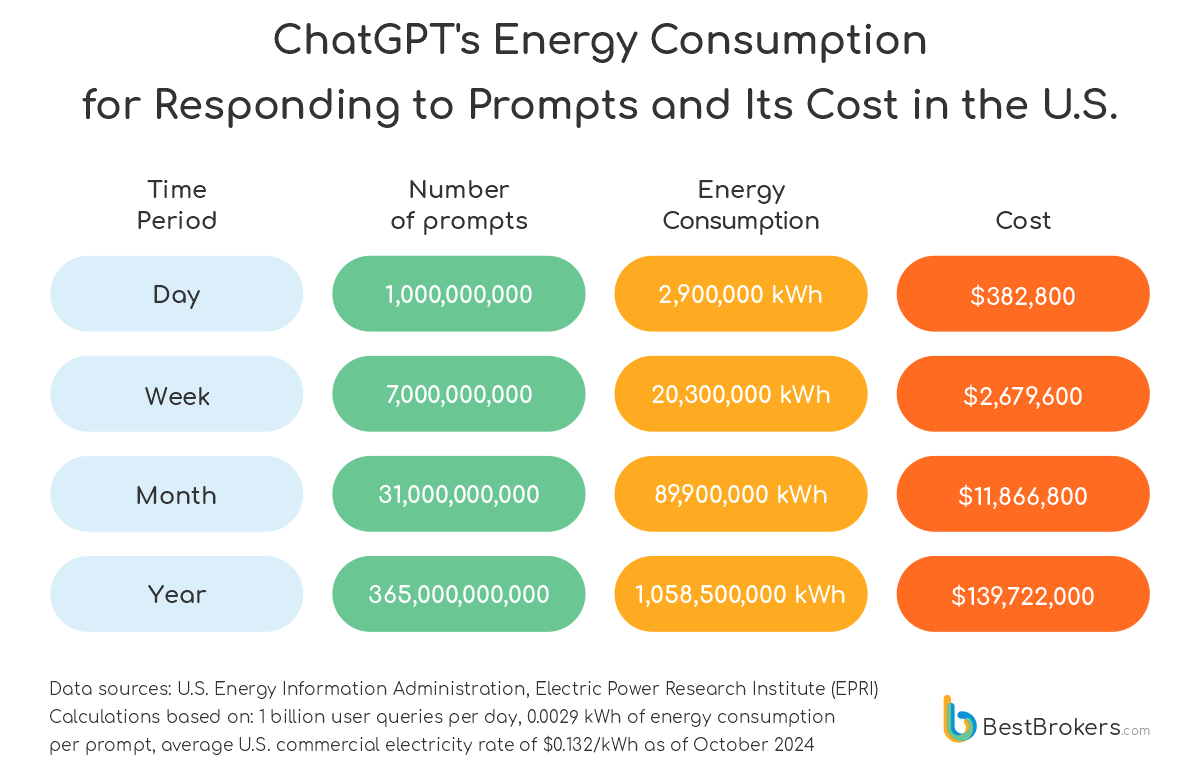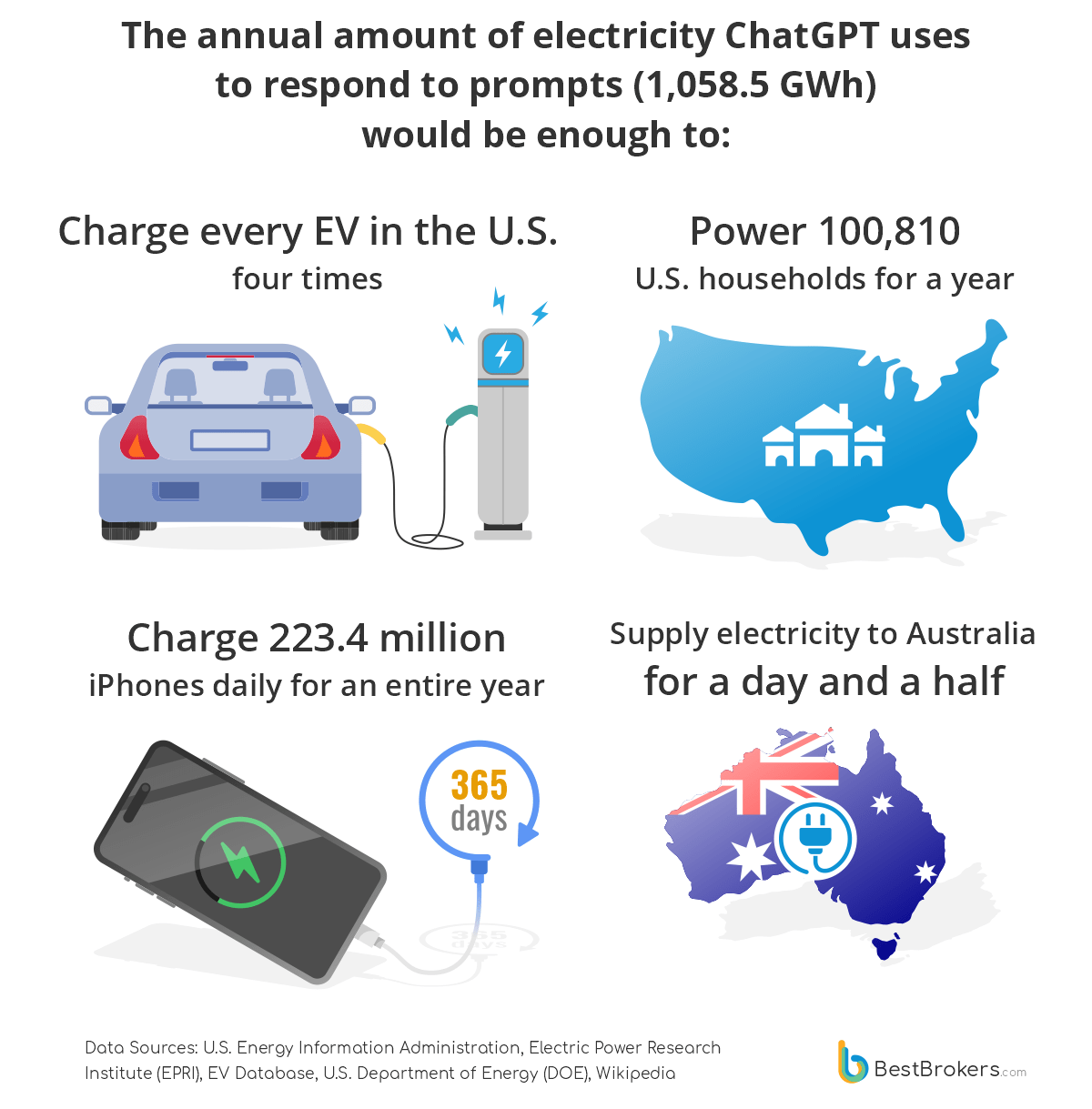According to a new study by BestBrokers, OpenAI’s annual profit from paid subscriptions may exceed $2.8 billion.
RELATED: OpenAI revenue explodes 700% in 2023 despite ChatGPT’s CEO drama
In December, OpenAI revealed that the number of weekly active users had reached 300 million, with these people generating 1 billion questions for ChatGPT every day. These massive figures made the team at BestBrokers curious about the revenues the company must be making. Using past statistics along with the new numbers, we calculated how much OpenAI earns from paid subscriptions under the four different plans it offers. ChatGPT Edu, a plan that is oriented towards universities, was not included in the estimations.
Explosive rise of paying subscribers
Calculations show that as of January 10, 2025, the number of paying subscribers is around 11.11 million, with only 10 thousand or so being Pro users. This suggests that OpenAI might be raking in $238 million from paid subscriptions every month or around $2.856 billion per year.
Here is a breakdown of what OpenAI might be making from paid subscriptions in early 2025:
- 250 thousand Enterprise users paying $60/month = $15 million in monthly revenue
- 800 thousand Team users paying $25/month = $20 million in monthly revenue
- 10 thousand Pro users paying $200/month = $2 million in monthly revenue
- 10.05 million Plus users paying $20/month = $201 million in monthly revenue
OpenAI’s huge electricity cost
We also looked into the electric energy used by ChatGTP, a highly debated topic over the past year. According to our calculations, OpenAI’s annual costs of electricity consumed for processing user queries and generating responses amounts to $139.72 million. This is based on the estimated 2.9 watt-hour of electricity needed to process a single user query, the reported 1 billion queries users send to ChatGPT every single day and an average U.S. commercial electricity rate of $0.132 per kWh.

Report’s key takeaways
Here are a few key takeaways from our report:
- То generate responses to around 365 billion user prompts, ChatGPT consumes 1,058.5 GWh over the course of one year. To put that into perspective, this would be enough to fully charge all 3.3 million electric vehicles on U.S. roads more than 4 times, assuming each EV has a battery capacity of 71.4 kWh.
- It could also charge 223.4 million iPhones 15 every day for a full year, with each phone having a battery capacity of 12.98 watt-hours. In another comparison, the energy required for ChatGPT to handle user queries in just one hour is equivalent to streaming video for 642,730 hours in Europe.
- Additionally, the annual energy ChatGPT uses to handle user prompts could also power 100,810 U.S. homes for a year, based on the average yearly household consumption of 10,500 kWh. Although this represents only about 0.08% of the 131 million households in the U.S., it still highlights the significant energy usage involved.
- We also counted 40 countries and territories, including Barbados, Fiji, Greenland, Gibraltar, Dominica, and Haiti, which separately consume less energy annually than ChatGPT uses solely to handle user queries.
- Even energy-intensive countries such as the United Kingdom and Italy, where annual consumption ranges between 287 and 298 billion kilowatt-hours, could stay powered for up to 32 hours on ChatGPT’s yearly energy usage for responding to prompts. In Canada, the same amount of energy would last 17 hours, and in the United States, it could provide electricity for 2 hours.

In our full report, you’ll find detailed calculations, sources, and the complete methodology behind our findings.






























